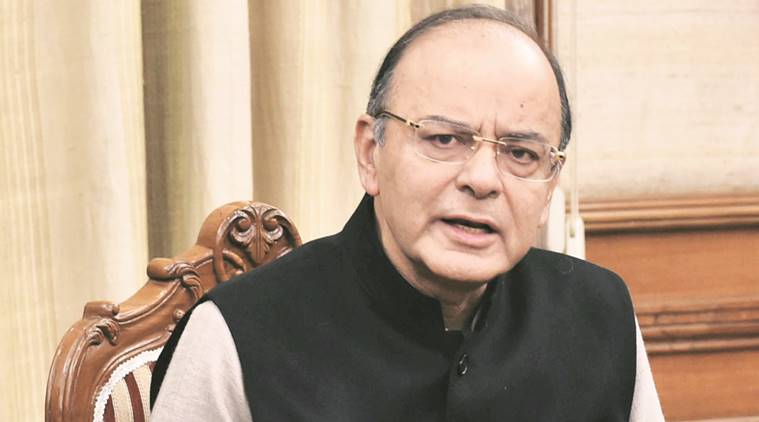New structure
and substance to define this Budget
Advanced Budget date to ensure early fund disbursal; Plan & non-Plan
distinction to be discontinued.

The Union Budget for the next financial year would be radically
different from the previous years, not so much in terms of the proposals it
will unveil but more due to the new structure and substance it will present.
The Budget 2017-18 will do away with the Plan and non-Plan heads of
expenditure, merge the railway budget with itself and have to be prepared in
the backdrop of two major events — demonetisation and the Goods and Services
Tax (GST) that will be implemented during the course of the year.
It will also come 1 month early this year on February 1, as the Budget
date has been advanced to ensure ministries and departments get funds on time
to start spending from April 1. While the expected reduction of personal and
corporate income taxes will be in focus, it is these structural changes that
will define the Budget.
Last September, the government announced plans to do away with the
92-year-old practice of having a different budget for the railways, whose size
was less than the defence budget but it was still being presented separately.
Even as the railways budget is being merged with the Union Budget, the
functional autonomy of the former to raise extra budgetary resources has not
been done away with.
Secondly, along with the abolition of the Planning Commission has gone
the distinction between Plan and non-Plan expenditure. Plan expenditure were in
the nature of asset creating productive expenditure, while non-Plan spend was
more on salaries, payments of subsidies and interest. This is now being
replaced with an expected better indicator of productive and general expenditure
via distinction under the heads of capital and revenue expenditure.
The government has also advanced the presentation of Budget date to
February 1, to ensure that the Finance Bill is passed by the Parliament before
March 31. This is to ensure that spending kicks in immediately from starts of
the fiscal year. Opposition parties have contested this Budget date, arguing
that it will provide undue edge to the BJP ahead of elections in five state
assemblies beginning just three days after the Budget.
While the government is confident to generate estimates-beating tax
revenues in the year ending March 2017; two key factors, demonetisation and the
GST, will shape the substance of the next year’s Budget.
The government decided to withdraw old notes of Rs 500 and Rs 1,000,
amounting to 86 per cent of the currency in circulation. Apart from adding to
the Centre’s tax kitty, this move tilted the budget discourse towards tax
rebates and incentives for digital transactions. Sops for enterprises
conducting business digitally and consumers purchasing electronically are
likely to dominate the budget.
But the economic slowdown that this sudden cash squeeze resulted in
would mean the government announcing income tax cuts and spending increases to
push economic growth. Another unintended outcome of demonetisation has been a
likely delay in implementation of the GST — the indirect tax reform which was
to kick in from April 1, now seems tough. A delay would mean the Centre may
have to revise estimates of indirect tax receipts during the course of the
year.





 →
→











0 comments:
Post a Comment